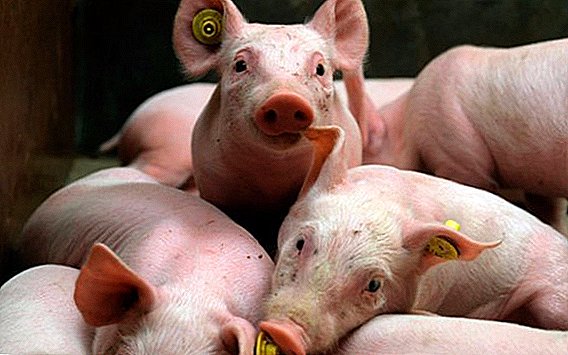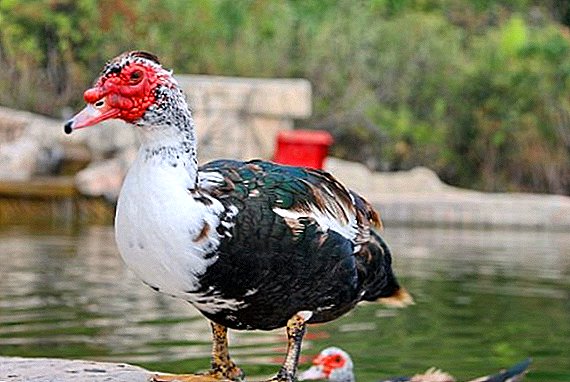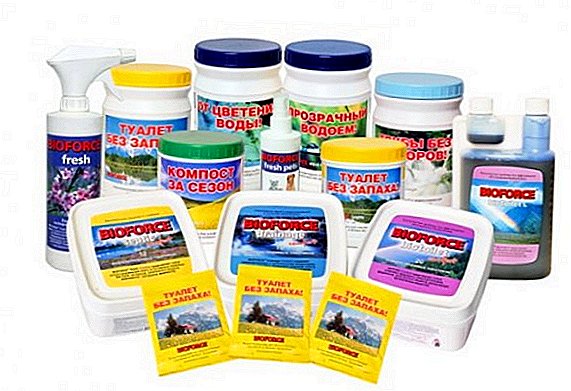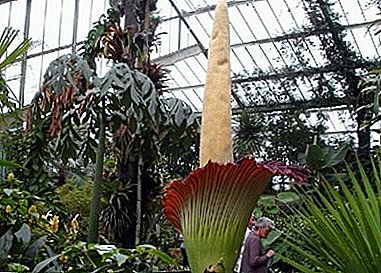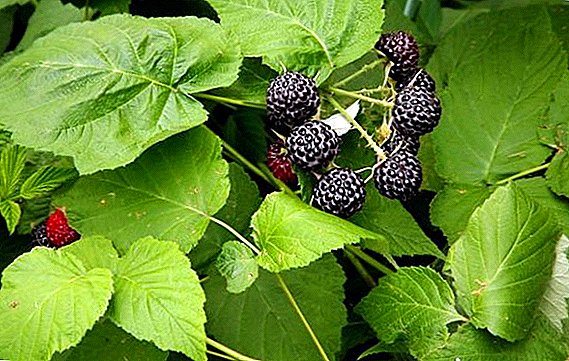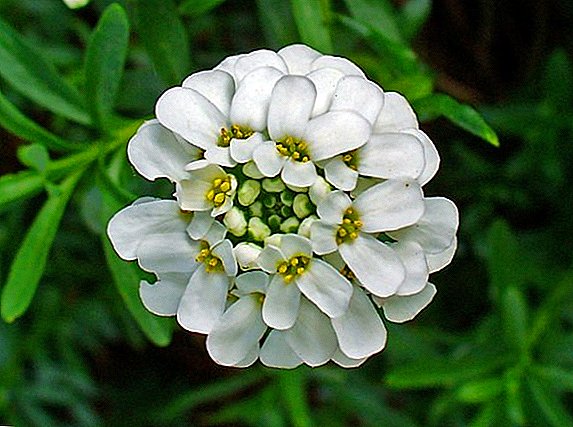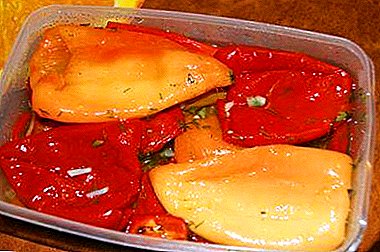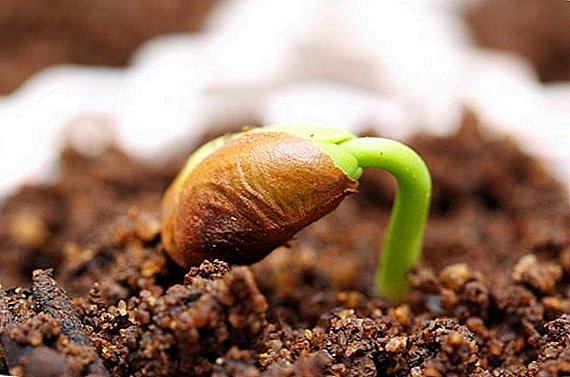 In amateur gardening, seeds are often used to grow plants. To increase their germination and proper development, scarification is used in most cases, so every gardener should know what it is and how to properly perform this procedure.
In amateur gardening, seeds are often used to grow plants. To increase their germination and proper development, scarification is used in most cases, so every gardener should know what it is and how to properly perform this procedure.
What is scarification?
 Seed scarification - This is a slight superficial damage to the upper hard shell. Seeds can sprout by themselves at any time, scarification simply speeds up the process and makes it more predictable.
Seed scarification - This is a slight superficial damage to the upper hard shell. Seeds can sprout by themselves at any time, scarification simply speeds up the process and makes it more predictable.
Types of scarification
There are only three ways to seed seed:
- mechanical;
- thermal;
- chemical
What is seed scarification for?
For most plants, seed time is very important, often due to the weather.
Important! If the seeds come up too late, they will not have enough time to get strong enough for the winter and may die.In this case, the scarification of seeds in the home is a must.
What seeds need scarification
 Usually this procedure is applied to seeds whose shell is too thick and dense. Scarification is also needed for plant seeds whose germs do not have a dormant period.
Usually this procedure is applied to seeds whose shell is too thick and dense. Scarification is also needed for plant seeds whose germs do not have a dormant period.
Description of the process of scarification
Now consider how the process of scarification, depending on the methods of influence on the seeds.
Mechanical
For this method in industrial production is used scarifier, but in amateur gardening, not everyone knows what it is. In this tool there is no special need, for mechanical impact on the seeds fit and improvised tools that can be found in every home.
Did you know? Mechanical scarification is used mainly for large seeds with a very hard shell, since other methods for them will not be effective.
 The shell is hooked with an awl or a sharp knife. Less commonly, seeds are filed with a file or erase part of the shell with coarse sand or gravel.
The shell is hooked with an awl or a sharp knife. Less commonly, seeds are filed with a file or erase part of the shell with coarse sand or gravel.The main goal is to form a refined area in the seed to facilitate germination.
Chemical
Beginning gardeners may not know what chemical scarification of flower seeds or other plants is. This method is rarely used, and it does not suit everyone. For it you will need glassware or enamelled coating.
The seeds are affected by 3% hydrochloric or sulfuric acid solution. Perform a similar procedure very carefully. Water is poured into the container, then acid is added. In the solution of the seeds should be kept no more than 12 hours, after which they must be thoroughly washed using running water.
Thermal
Heat treatment is a consistent effect on the seeds of high and low temperatures.
Important! The technology may differ slightly depending on the plant whose seeds you want to grow.
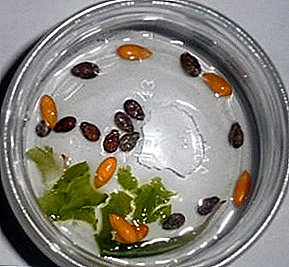 For example, sweet peas, lupins, aconite are scalded with boiling water, and then placed for a day in a container with cold water.
For example, sweet peas, lupins, aconite are scalded with boiling water, and then placed for a day in a container with cold water.In the case of hawthorn seeds, cannas and geleditsy, it is recommended to wrap them in cotton fabric and consistently dipping them for half a minute, first in boiling water, and then in ice water.
This process is repeated several times until the seeds grow in size.
Aquilegia and primula are usually soaked in cold water, while the capacity of 12 hours is first warm and then cold. After about a week, the seeds will begin to burst, which means their readiness for planting.
Now you know what the scarification of seeds means and how this procedure is performed. Carefully select the appropriate method for each type of seed, and each of them will eventually turn into a healthy and strong plant.




